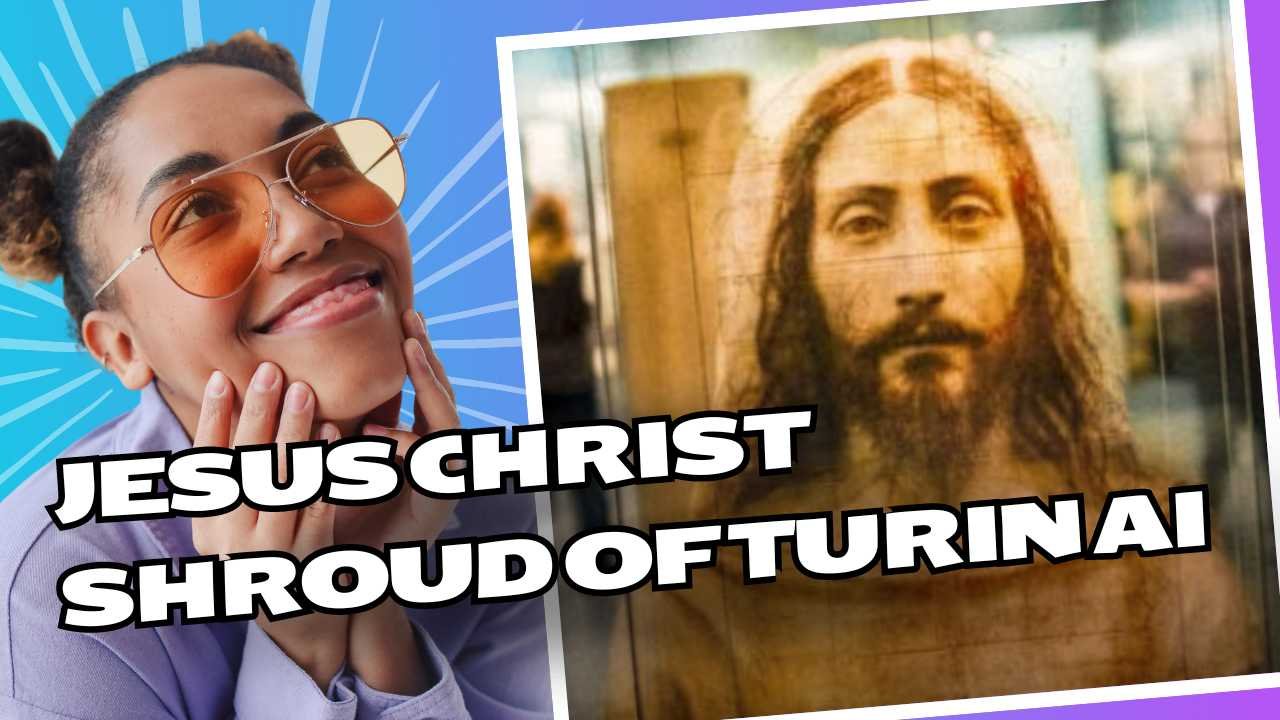Want to see what Jesus really looked like? Artificial Intelligence might have the answer.
In a groundbreaking development, AI is now being used to reconstruct the face of Jesus Christ from the Shroud of Turin. This isn’t just another archaeological discovery—it’s a game-changer that’s set to revolutionize how we understand biblical history.
But here’s the kicker: it’s also sparking intense debate.
Let’s dive in.
The Shroud of Turin: More Than Just an Old Cloth?
For centuries, the Shroud of Turin has been a mystery wrapped in a linen cloth. Many believe it to be the burial shroud of Jesus Christ himself. But is it real or fake?
Here’s what we know:
- The shroud bears a faint image of a man
- It shows wounds consistent with crucifixion
- Radiocarbon dating in the 1980s suggested it was from the 1300s
- New X-ray dating techniques hint it could be 2,000 years old
The plot thickens.
AI: The New Archaeologist on the Block
Enter Artificial Intelligence. Using platforms like Midjourney and Gencraft, researchers are now generating high-resolution images of what Jesus might have looked like.
How does it work?
- AI analyzes the faint impressions on the shroud
- Algorithms reconstruct possible facial features
- The result? A detailed image of a man with long hair, beard, and crucifixion wounds
But here’s where it gets controversial.
The AI Bias: A Modern-Day Heresy?
Critics argue that these AI-generated images might be more fiction than fact. Why? Because AI can reflect the biases of its creators.
Some key concerns:
- Racial features: Many images depict Jesus as Caucasian
- Cultural influence: Are we seeing Jesus or Western artistic traditions?
- Historical accuracy: Can AI truly capture a 2,000-year-old reality?
The big question: Are we seeing the real Jesus, or just a high-tech reflection of our own preconceptions?
What This Means for You
Whether you’re a history buff, a tech enthusiast, or just curious, this development is huge. It’s not just about religion—it’s about how technology is reshaping our understanding of the past.
Here’s why you should care:
- It challenges traditional historical research methods
- It opens new avenues for exploring ancient artifacts
- It raises important questions about technology and bias
The Bottom Line
AI-generated images of Jesus based on the Shroud of Turin are more than just cool tech—they’re a window into how technology is changing our view of history.
But remember: with great power comes great responsibility. As we push the boundaries of what’s possible, we must also question what’s accurate.
What do you think? Is AI the key to unlocking ancient mysteries, or are we at risk of creating high-tech myths? Share your thoughts in the comments below!

